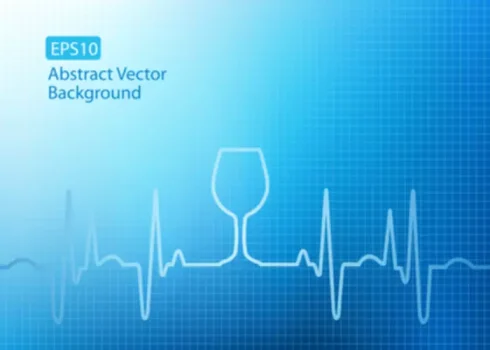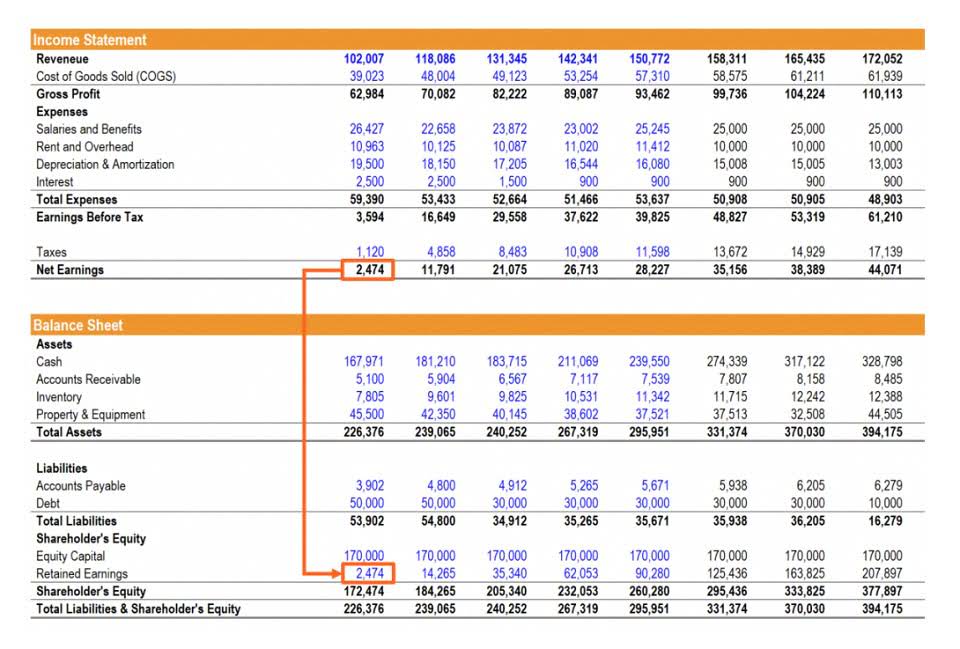Alcohol and the human body

This aspect may have suggested to some that it would have a reduced tendency to cross into the gas phase in the alveoli. Our study showed that nevertheless, in practice, IH markedly increases ethanol elimination. The vapor pressure of ethanol (16 kPa) is of the same order of magnitude as that of sevoflurane (40 kPa), for which IH markedly shortens the time of recovery of consciousness in humans10. Hunter and Mudd also noted that methanol, which has an even how does alcohol affect the kidneys higher vapor pressure than ethanol (30.7 kPa at 37 °C), should also have a greater elimination rate with IH8. Should preclinical studies confirm such efficacy, the IH approach would fit well with the recent introduction of alcohol dehydrogenase inhibitors as a non-invasive treatment for methanol intoxication. The effect of IH on the rate of elimination of CO11 and volatile anesthetics9 from the blood has been reported in just the last two decades.
- It can also be eliminated through the breath, since the bloodstream carries it to the lungs.
- The liver uses two metabolic processes to get rid of this circulatory ethanol as quickly and safely as possible.
- In this case, the recipient molecule of the electrons is called a coenzyme.
- This causes a rapid drop in blood sugar and the symptoms of hypoglycaemia – dizziness, headaches, difficulty concentrating, depression, anxiety, trembling, cold sweats, heart palpitations, loss of coordination, and stomach aches.
- The main aim of the study was to determine to what extent IH can increase the rate of ethanol elimination above baseline liver metabolism.
- Elimination of ethanol via renal metabolism increases in proportion to blood levels (termed ‘first order kinetics’) involving cytochrome P450, but this accounts for only 2–5% of overall ethanol clearance7.
Drink alcohol the right way
If you have a blood-alcohol level of .08, or 80 mg of alcohol per 100 ml of blood – the legal limit for driving a motor vehicle in Canada – your reaction time will be 30% 50% slower than when you have no alcohol in your blood. For example, driving under the influence of alcohol will make it difficult to brake quickly if the car ahead stops suddenly. Once it’s in the bloodstream, the alcohol spreads to all parts of the body and is distributed in all tissues containing water. Because alcohol is carried by the blood, it follows that it will be delivered particularly quickly to organs with many blood vessels, such as the brain, the lungs and the liver. It is believed to activate the pleasure or reward centres in the brain by triggering release of neurotransmitters such as dopamine and serotonin.
Overwhelming the alcohol metabolizing enzymes

Secondly, the microsomal ethanol oxidising system is brought into play; this is dependent on cytochrome P450, which is normally responsible for drug metabolism, and other cofactors. This process is called enzyme induction, and the effect is also produced by other drugs that are metabolised by the liver and by smoking.smoking. The hyperoxia-induced increases in minute ventilation and maintenance of isocapnia occur without distress or even conscious ventilatory effort on behalf of the patient14, 17.
Alcohol and the human body
Distilled spirits have exceptionally few nutrients, but beer and wine do provide some nutrients, vitamins, minerals, and beneficial plant chemicals along with calories. A typical beer is 150 kilocalories, a glass of wine contains approximately 80 kilocalories, and an ounce of hard liquor (without mixer) is around 65 kilocalories. Alcohol moves quickly from the mouth to the stomach and on to the intestines. Some of it is absorbed directly through the mucosal lining of the mouth and oesophagus; some is absorbed through the walls of the stomach and the rest is absorbed by the intestines, mainly the small intestine.

Alcohol produces a sense of wellbeing, relaxation, disinhibition, and euphoria. The kidneys secrete more urine, not only because of the fluid drunk but also because of the osmotic effect of alcohol and inhibition of secretion of antidiuretic hormone.hormone. Similar to the Alcohol dehydrogenase system, acetaldehyde dehydrogenase will immediately convert acetaldehyde into acetate, a non-toxic molecule.

The pancreas produces insulin, which the body needs to control blood sugar levels. Drinking causes a sudden spike in blood sugar; the pancreas responds by producing more insulin. This causes a rapid drop in blood sugar and the symptoms of hypoglycaemia – dizziness, headaches, difficulty concentrating, depression, anxiety, trembling, cold sweats, heart palpitations, loss of coordination, and stomach aches. As soon as even a small amount of alcohol is ingested, the intestines begin to secrete acid. As the blood-alcohol level rises, secretions of pepsin, a digestive hormone, are reduced, leading to an irritation of the intestinal walls and eventually diarrhea. The dilation of blood vessels also causes heat loss, and a drop in body temperature.
Why does alcohol have such an impact on the brain?

The more alcohol consumed, the stronger the smell of alcohol in a person’s breathe. Breathalyzer tests measure the exhaled alcohol levels in the lungs to determine the state of inebriation. Second, metabolism helps to convert the drug into a more polar (water-soluble) form so it can be carried in the bloodstream to the kidneys, where it is excreted in the urine (water-based). During metabolism, the enzymes are catalysts; they help speed up the reactions; however, the metabolism speed is different for different people, based on their genetics. The effects can be minor or major, depending on how much you drink.
- The products from this reaction are acetaldehyde, NADH (a reduced coenzyme that carries electrons from one reaction to another) and H+ ion.
- ALDH metabolizes acetaldehyde to acetic acid (Figure 1.11), which is inactive.
- When they drink alcohol, acetaldehyde accumulates in the blood and makes them feel sick.
- The part of the brain that controls vomiting is affected by the alcohol and toxic acetaldehyde circulating in your blood.
Other populations not included but of potential clinical interest in follow-up studies are those with compromised or limited hepatic and/or renal function. The reason hyperpnea as a form of treatment for ethanol intoxication has been neglected over the last century may be that the effect size of IH on ethanol clearance is counterintuitive, and thus, unexpected. Unlike CO, which is confined to the blood compartment, ethanol is highly water soluble and thus distributes to a much greater extent into interstitial and intracellular fluid.
Human Nutrition: 2020 Edition
The sequential gas delivery (SGD) theory and apparatus used for implementing IH was first described by Sommer et al. about 20 years ago13. The method has more recently been reviewed with an expanded explanation14, 15. In brief, the core concept for SGD is that exhaled gas is considered to have been in equilibrium with alveolar capillary blood.
Why does alcohol get into the bloodstream so quickly?
Contrary to popular belief, it is very dangerous to drink alcohol to “warm up” when you are exposed to the cold. Just one or two drinks can affect your heart rate, blood pressure, circulation and contractions of the heart muscle, including its ability to pump blood through your body. While these reactions are generally not considered significant from a clinical point of view, they can be more serious if you already suffer from cardiovascular problems. The immediate effects on the brain are often less apparent among people who drink regularly, because they have developed a strong tolerance for alcohol. As a result, they can often drink a great deal without feeling too many short-term effects. Such tolerance is both metabolic – the liver processes the alcohol more quickly and efficiently – and functional – the person learns to compensate for the deficits caused by alcohol.











